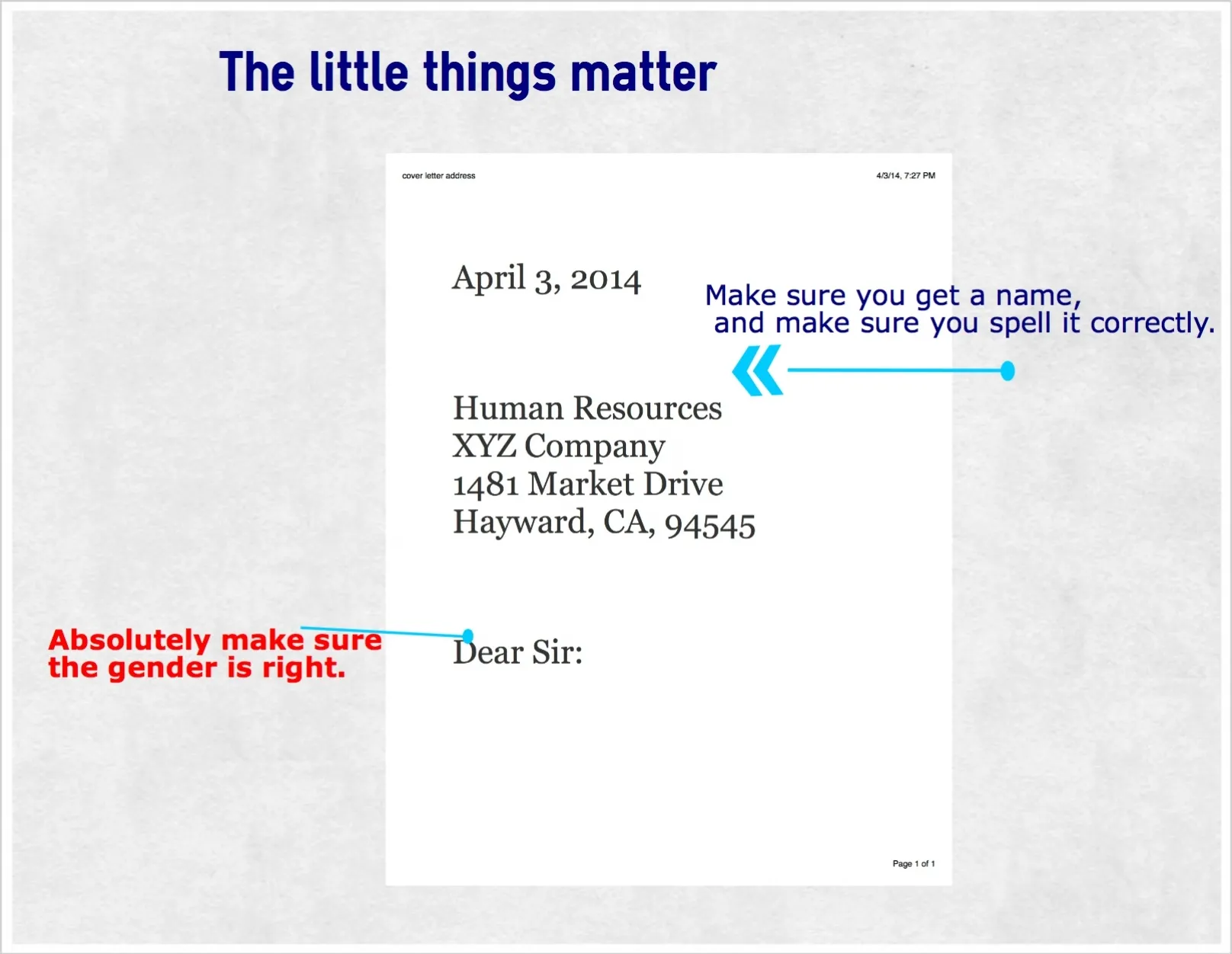What is a Cover Letter?
A cover letter is a one-page document that you submit with your resume when applying for a job. It serves as an introduction to your resume, highlighting your most relevant skills and experiences and expressing your interest in the position and the company. Unlike your resume, which provides a comprehensive overview of your career, a cover letter allows you to personalize your application and demonstrate why you are a good fit for the specific role. It’s your opportunity to make a strong first impression and persuade the hiring manager to read your resume.
The Importance of a Cover Letter
Cover letters are often the first thing a hiring manager sees. A well-written cover letter can significantly increase your chances of getting an interview. It allows you to showcase your personality, enthusiasm, and writing skills. It also provides a platform to explain any gaps in your employment history, elaborate on specific skills or experiences, and demonstrate your understanding of the company’s needs and the job requirements. In a competitive job market, a compelling cover letter can set you apart from other candidates and make you a memorable applicant.
Step 1 Researching the Company
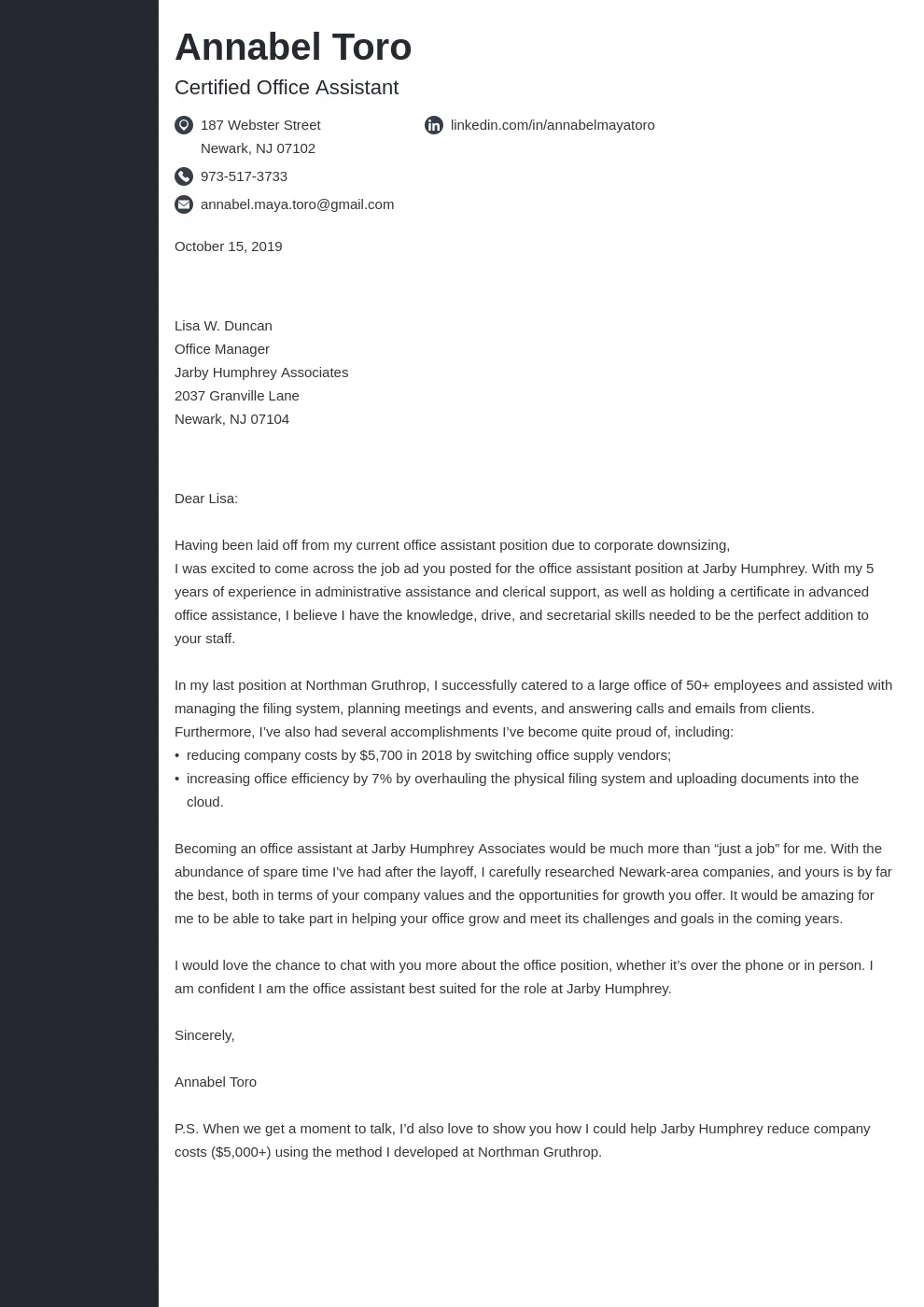
Before you start writing, research the company and the specific job you’re applying for. Visit the company’s website, read their mission statement, and learn about their products, services, and values. Understand the company culture and the specific requirements of the job. This research will help you tailor your cover letter to the company’s needs and demonstrate your genuine interest in the position. Identify the key skills and qualifications the employer is seeking, and make sure to address them in your letter.
Step 2 Formatting Your Cover Letter
Proper formatting is essential for a professional-looking cover letter. Use a standard font like Times New Roman, Arial, or Calibri, with a font size of 11 or 12 points. Maintain consistent margins (usually one inch on all sides). Keep your cover letter concise, ideally no more than one page. Use clear and concise language, and break up large blocks of text with bullet points or short paragraphs for easy readability. Proper formatting makes your letter visually appealing and easier for the hiring manager to read.
Contact Information
At the top of your cover letter, include your contact information: your name, address, phone number, and email address. Ensure your email address is professional. This information allows the hiring manager to easily contact you. Place your contact information on the left or right side of the page, depending on your preference.
Date

Below your contact information, include the current date. This shows the reader when the letter was written and submitted. The date helps to organize your application materials. Make sure the date is formatted correctly and is easily readable.
Recipient’s Information
Address your cover letter to the hiring manager or the specific person mentioned in the job posting. If you can’t find a specific name, use a professional greeting like “Dear Hiring Manager” or “Dear [Department Name] Team.” Addressing the letter to a specific person demonstrates that you’ve taken the time to research and personalize your application.
Step 3 Writing a Compelling Opening
The opening paragraph is crucial for grabbing the reader’s attention. Start with a strong opening that immediately states the position you are applying for and where you found the job posting. Briefly mention why you’re interested in the company and the role, and state your most relevant skill or experience. Your goal is to make the hiring manager want to read further. The opening should be concise, enthusiastic, and tailored to the specific job.
Highlight Your Enthusiasm
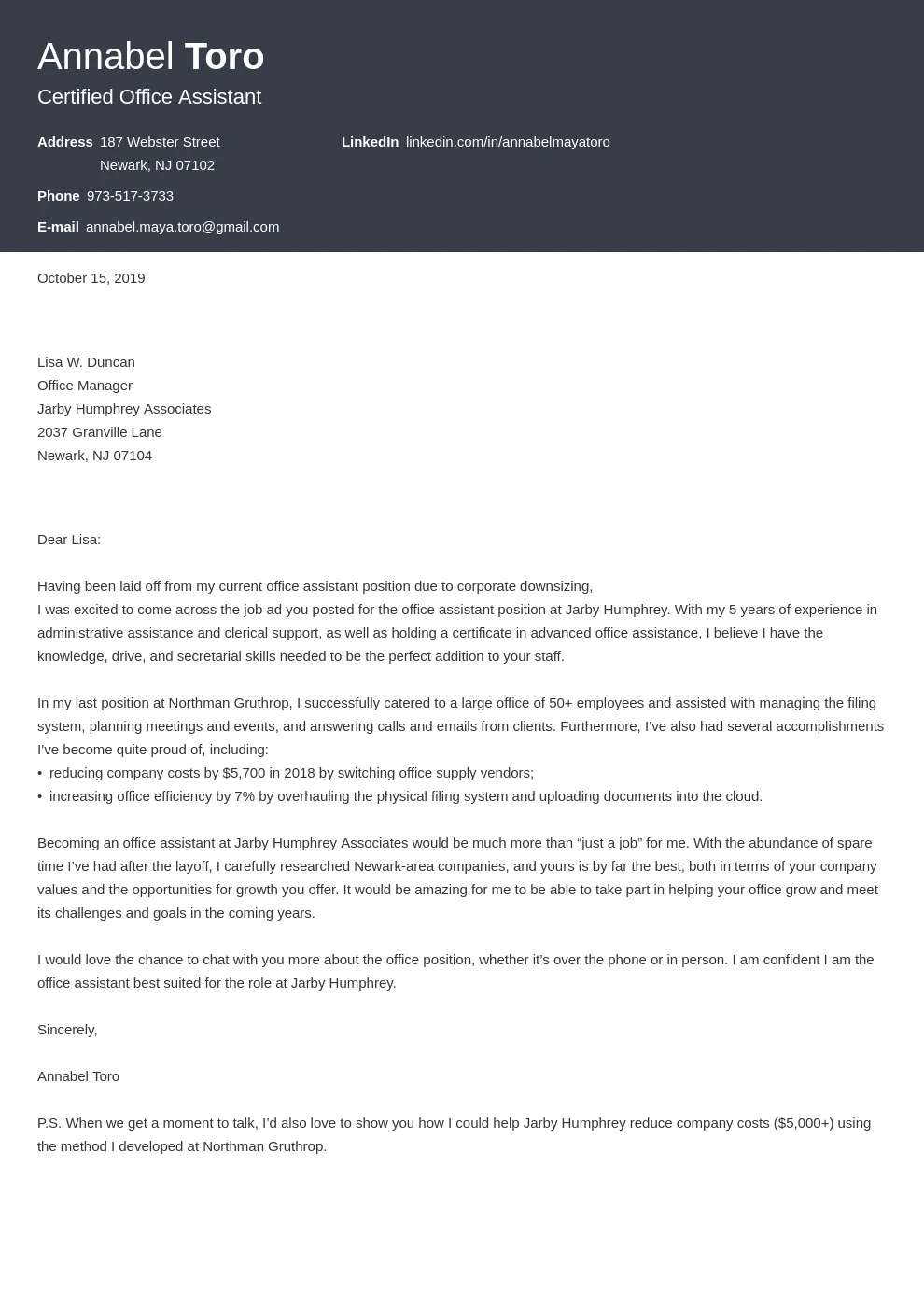
Show your enthusiasm for the role and the company. Express your excitement about the opportunity and why you’re drawn to this specific position. Mentioning something that excites you about the company’s mission or a project they are working on can be very effective. Your enthusiasm helps to create a positive impression and makes you appear more personable and relatable. Make sure your enthusiasm feels genuine.
Mention the Job
Clearly state the job title you are applying for. Be specific and mention where you saw the job posting (e.g., “I am writing to apply for the Marketing Manager position, which I found on LinkedIn”). This helps the hiring manager quickly understand which position you are interested in. This makes your application materials organized and easy to follow.
Step 4 Showcasing Your Skills and Experience
The body of your cover letter is where you highlight your skills and experiences that are relevant to the job. Use this section to describe your accomplishments, provide specific examples, and explain how your skills align with the job requirements. Focus on the key skills mentioned in the job description and provide concrete examples of how you’ve demonstrated those skills in the past. Quantify your achievements whenever possible to show the impact you’ve made.
Tailor Your Skills

Tailor your cover letter to match the specific job requirements. Review the job description and identify the key skills and qualifications the employer is seeking. Then, highlight the experiences and skills that match those requirements. Don’t just list your skills; explain how you’ve used them and what results you’ve achieved. Tailoring your skills is what shows the hiring manager you are a great fit.
Provide Examples
Back up your claims with specific examples. Don’t just say you’re a good communicator; provide an example of a time when you effectively communicated with a team or resolved a conflict. When providing examples, use the STAR method (Situation, Task, Action, Result) to structure your stories. This method helps you provide clear and concise details about your accomplishments and the impact you made. Using the STAR method shows your potential impact.
Step 5 Addressing the Employer’s Needs
Demonstrate that you understand the employer’s needs and the specific challenges of the role. Show how your skills and experiences can help the company achieve its goals. This demonstrates your understanding of the role and your commitment to the company. Refer back to your research and demonstrate that you understand the company’s needs and where you see yourself making a contribution. This section shows the value you will bring to the company.
Align Your Skills
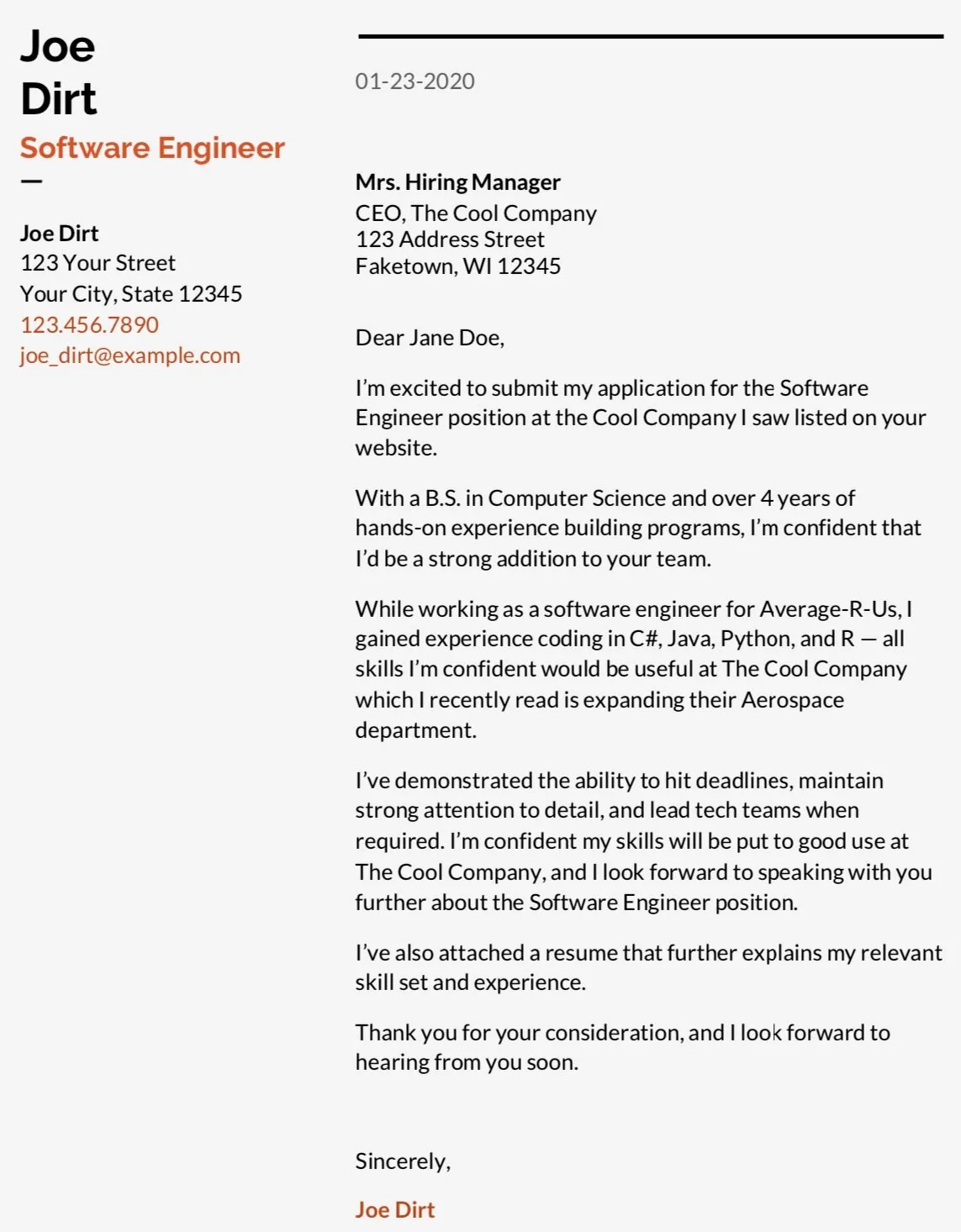
Carefully align your skills and experiences with the requirements of the job. Use the job description as a guide and match your skills to the specific qualifications listed. Be explicit about how your skills will help you succeed in the role. If the job requires project management skills, provide examples of projects you’ve managed and the outcomes you achieved. Demonstrating the direct alignment between your skills and the job’s needs increases your chances of getting an interview.
Demonstrate Your Understanding
Show that you understand the company’s mission, values, and the challenges it faces. This can be done by mentioning specific initiatives the company is involved in or by highlighting how your skills and experiences can contribute to the company’s success. Doing your research and referencing the company’s goals shows you are genuinely interested and engaged. This also proves you are a serious candidate.
Step 6 Writing a Strong Closing
The closing paragraph should reiterate your interest in the position, express your gratitude for the reader’s time, and include a call to action. Keep it concise and professional. The closing paragraph should leave a positive and lasting impression on the hiring manager. A strong closing is key to helping you move on to the next stage.
Express Gratitude
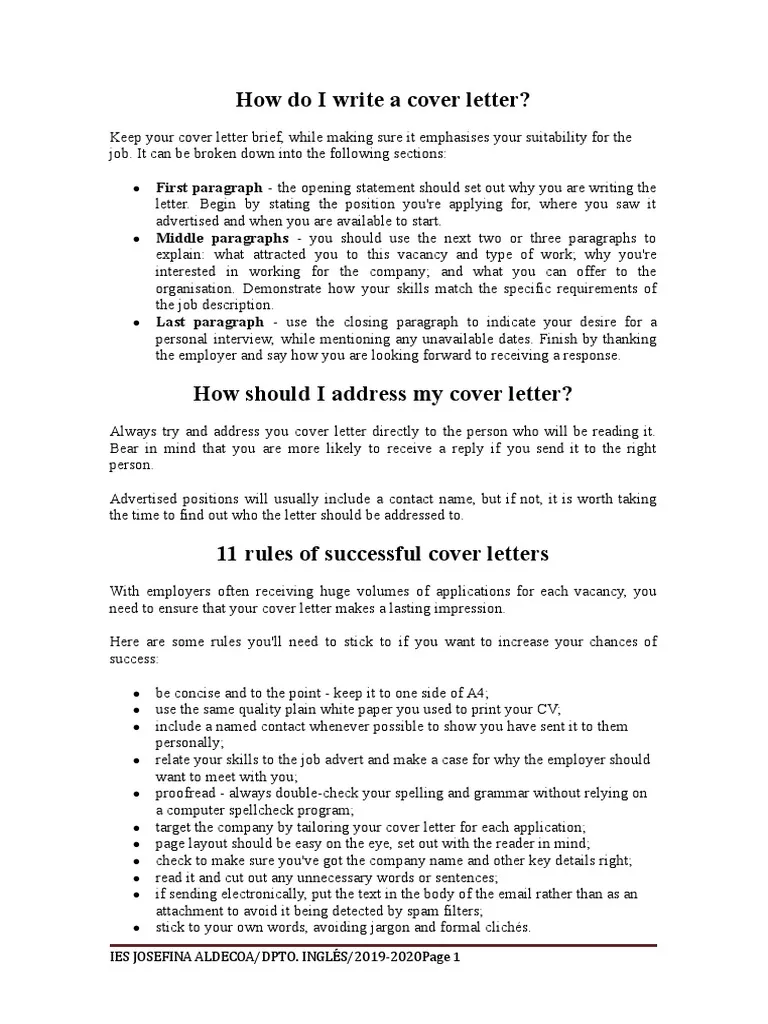
Thank the hiring manager for their time and consideration. Express your appreciation for the opportunity to apply for the position. This shows your respect and professionalism. A simple statement like “Thank you for considering my application” is appropriate.
Include a Call to Action
End with a call to action, such as stating your availability for an interview. Encourage the hiring manager to contact you. This shows you are eager to discuss your qualifications further. A call to action should be polite and enthusiastic. For example, you might write, “I am available for an interview at your earliest convenience and look forward to hearing from you.”
Step 7 Proofreading and Editing Your Cover Letter
Before submitting your cover letter, proofread and edit it carefully. Errors can damage your credibility and make a negative impression. Check for grammatical errors, spelling mistakes, and typos. Ensure your formatting is consistent and professional. Consider asking a friend or career counselor to review your cover letter for clarity and accuracy. A polished cover letter shows you take pride in your work.
Check for Errors
Carefully review your cover letter for any errors in grammar, spelling, and punctuation. Use spell check and grammar check tools, but don’t rely on them completely. Read your letter aloud to catch any awkward phrasing or inconsistencies. Errors can distract the reader and undermine your message, so a final check is essential. This is your final opportunity to ensure your letter is free of errors.
Use Proofreading Tools
Utilize proofreading tools like Grammarly or ProWritingAid to help identify errors. These tools can catch errors that you might miss. However, always review the suggestions and make sure the changes are appropriate for your context. Don’t rely solely on automated tools, as they may not always provide the best suggestions. Proofreading tools can be useful but should not replace your own critical review.
Conclusion
Writing a cover letter is an essential part of the job application process. By following these seven steps, you can create a cover letter that effectively highlights your skills, experiences, and enthusiasm for the role. Remember to tailor each cover letter to the specific job and company, and always proofread your letter before submitting it. A well-written cover letter can make a significant difference in your job search and help you land your dream job. Good luck!
